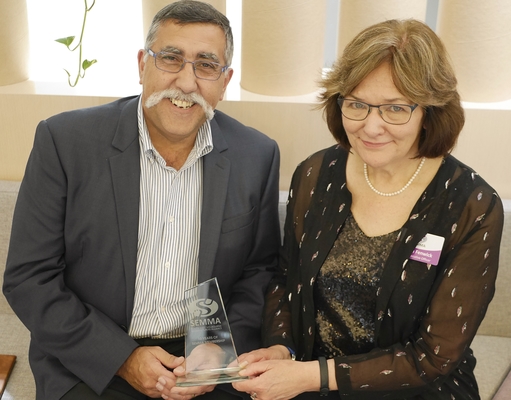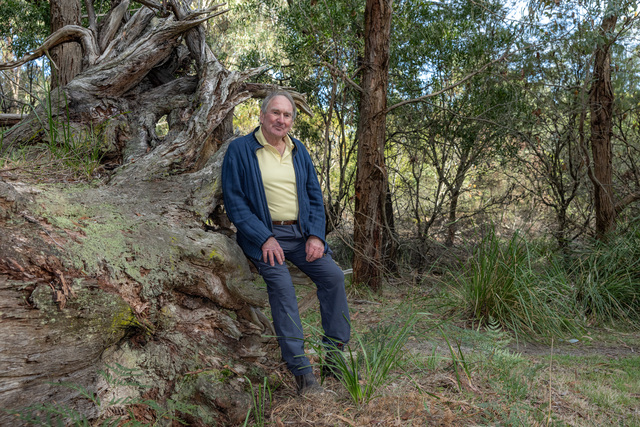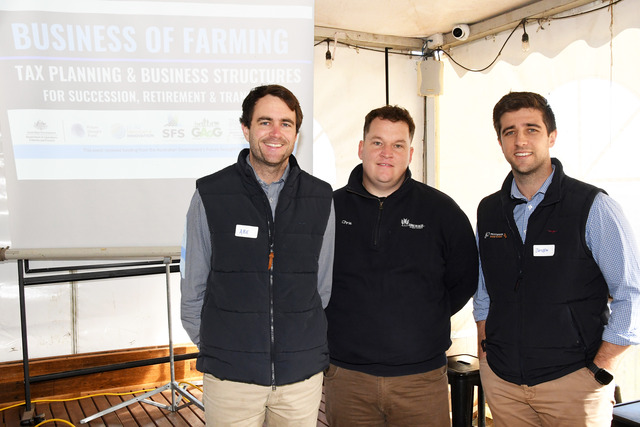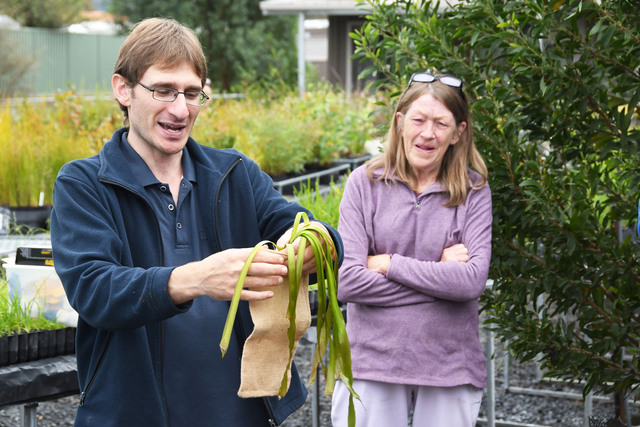Under a ‘Buy Australian’ pitch, a South-East manufacturers group is aiming to grow stronger during Covid’s challenges.
South East Melbourne Manufactuers Alliance (SEMMA), has also lobbied for a Silicon Valley concept for what is Victoria’s manufacturing heartland.
The group has set a target for a rise in manufacturing’s share in Australia’s GDP from 6.8 per cent to 10 per cent by 2025.
By 2035, the aim is 15 per cent of GDP.
“Governments at all levels must support Australian owned and operated manufacturers before looking for the cheap and often sub-standard offshore option,” SEMMA president Peter Angelico stated in his report to the alliance’s AGM on 9 September.
It was the “road map” to a more sustainable future, he said.
“We saw what happens with cheap building products slip through the cracks with the high-rise building fires a few years ago, an avoidable, lack of compliance issue that continues to be a burden on taxpayers.”
Some of the opportunities included a home-grown battery industry using Australian-mined lithium.
Currently the metal was sold overseas for US$100 million and bought back at higher cost as finished batteries. If processed on shore, the value would be about US$1.7 billion, Mr Angelicao said.
He said Covid had hit other sectors harder, such as retail and hospitality.
However, it still presented challenges such as higher shipping costs, raw material shortages and price increases, as well as major project delays and blowouts putting pressures on margins.
There was also a skills shortage, which SEMMA sought to address with a federally-funded young welder training program.
Chief executive Vonda Fenwick said SEMMA was lobbying for a ‘Silicon Valley’ in the South East, La Trobe and Gippsland regions that was “critical to our sovereign capability”.
The high-tech “eco-system” could produce its share of a soon-to-be US$1 trillion global market for semiconductors.
Their application is in technologies such as modern weapons, security equipment, medicine, vehicles, artificial intelligence and data capture, Ms Fenwick stated.
“Our modern world and advanced economies cannot function without them.”
The South East was the ideal setting with research hubs such as the Australian Synchrotron, Melbourne Centre for Nanofabrication and universities, ready water from the Wonthaggi desal plant as well as the manufacturing heartland.







